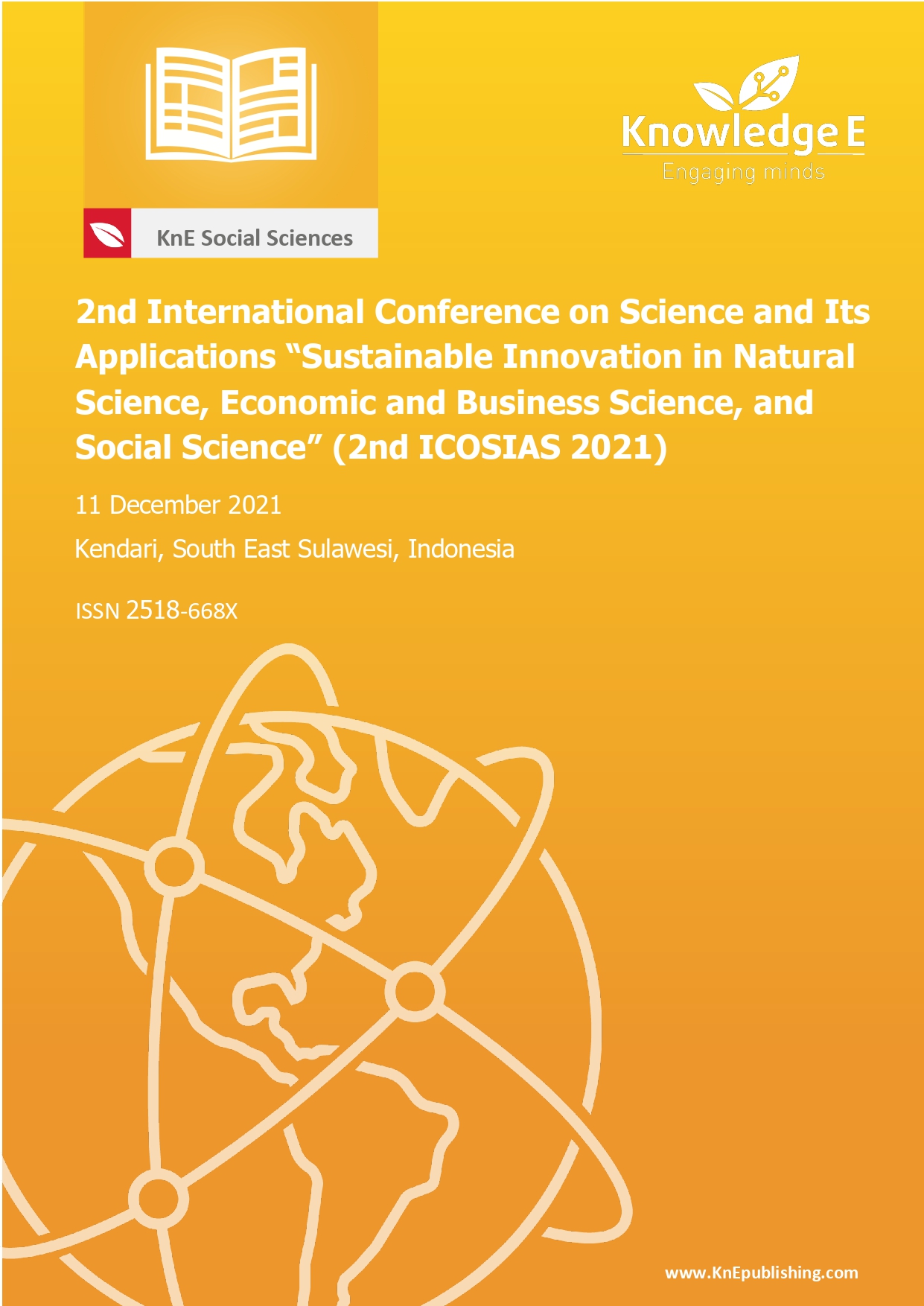Phenomenology: Adaptation of Poleng Motifs in Facing Bali Tourism
DOI:
https://doi.org/10.18502/kss.v8i2.12769Abstract
The poleng motif is defined as a combination of black and white, configured in a decorative pattern in the form of a checkerboard resembling a chessboard. Lifestyle changes occur in aspects and forms of culture. This study aims to analyze the meaning of the poleng motif. The method used is phenomenology. The results show that Balinese people accept the changes that occur with predetermined boundaries. These limits are by the awig-awig that exists in Balinese society.
Keywords: Adaptation, Poleng Motif, Phenomenology
References
Rupawan IK. Saput Poleng dalam Kehidupan Beragama Hindu di Bali. Denpasar: Pustaka Bali Post; 2008.
Dinas Komunikasi. Ngerebong Tradisi Asli Denpasar Sejak Tahun 1937. 2018. https://kesimanpetilan.denpasarkota.go.id/artikel/read/6564.
Dewanti PP, Kameswari IG. Konsep Rwa Bhineda pada Kain Poleng Busana Pemangku Pengluran saat upacara Pengerebongan di Pura Agung Petilan, Kesiman. J. Da Moda. 2019;1(1):16–20.
Atmadja NB. AJEG BALI: Gerakan, Identitas Kultural, dan Modernisasi. Yogyakarta: LKiS Yogyakarta; 2010.
Sachari A, Sunarya YY. Wacana Transformasi Budaya. Bandung: Penerbit ITB; 2001.
Koentjaraningrat, Pengantar Antropologi, Jilid 1. Jakarta: PT. Rineka Cipta; 2003.

